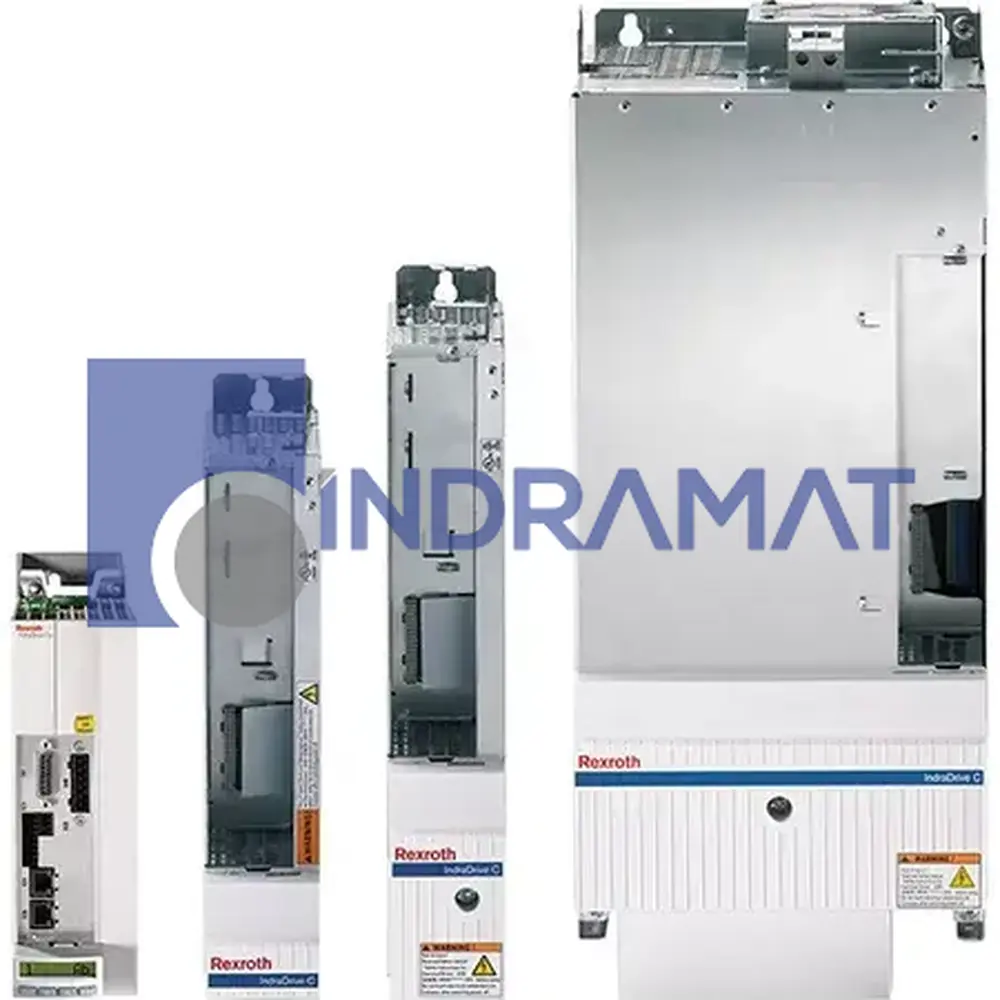R911374301 (HCS01.1E-W0008-A-03-A-ET-EC-EM-L4-NN-FW)
HCS IndraDrive Controllers
Technical Specifications
Product Type
Drive Control Unit
Connection Features
DC Bus Connection, Hall Sensor Adaptor Box
Safety Features
Multiple inbuilt Safety Technologies
Frequently Asked Questions
Common Misspellings
Internal Product Review
HCS01.1E-W0008-A-03-A-ET-EC-EM-L4-NN-FW is a top rated model that basically integrates both Safe Torque Off and Safe Brake Control for genuine functional safety redundancy. This combination secures electronic torque removal while commanding mechanical brake engagement.
Shipping & Payment Options




Warranty

Repair
 We offer a repair service for the HCS01.1E-W0008-A-03-A-ET-EC-EM-L4-NN-FW.
We offer a repair service for the HCS01.1E-W0008-A-03-A-ET-EC-EM-L4-NN-FW. 
 Want to
Want to 





